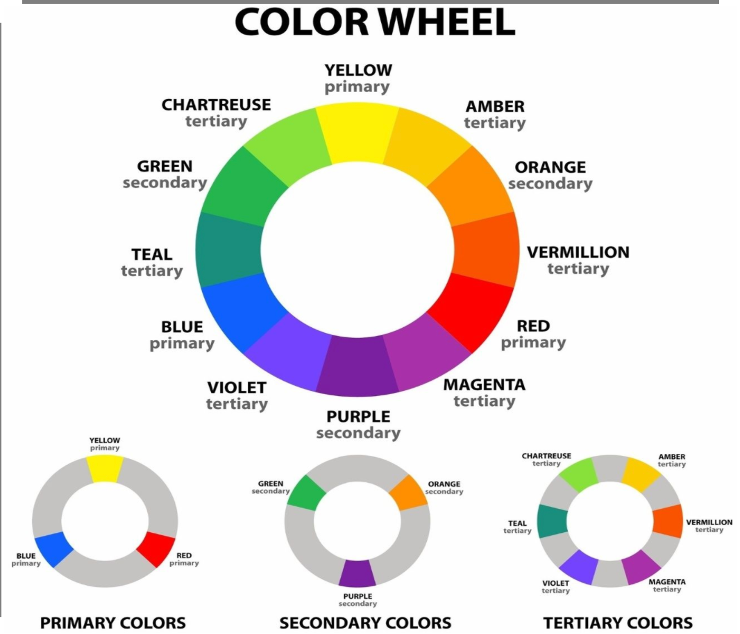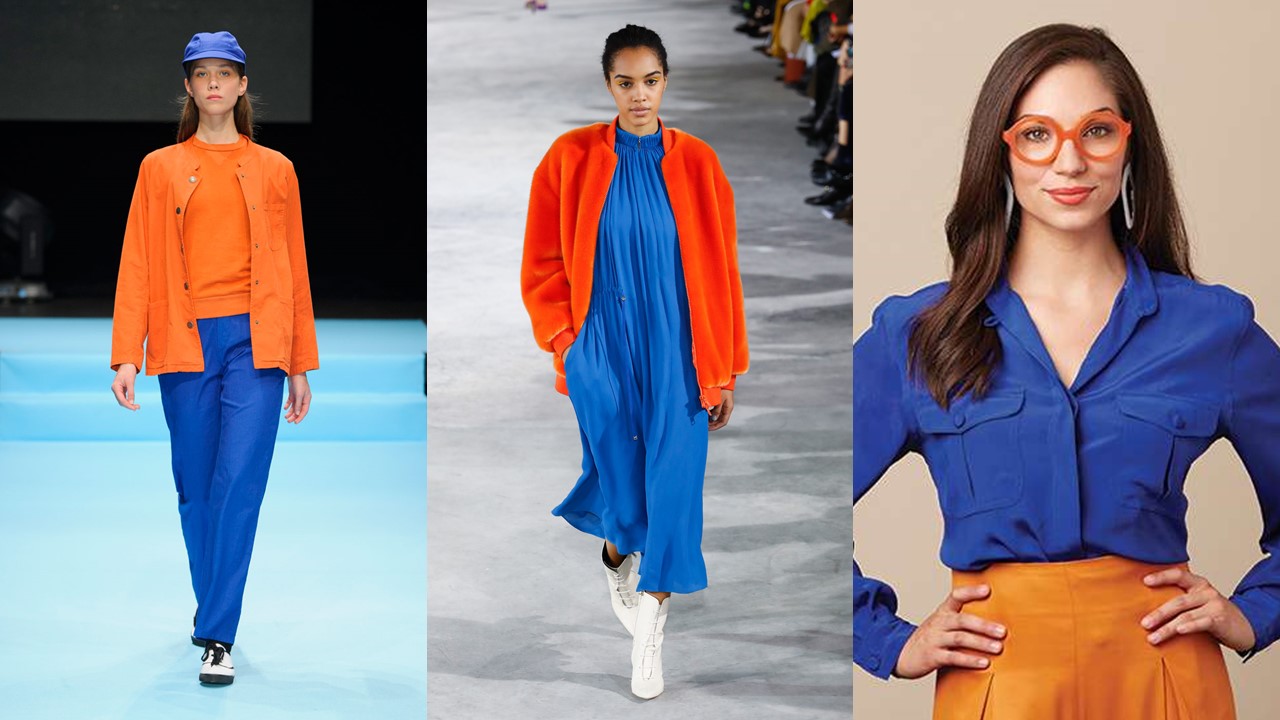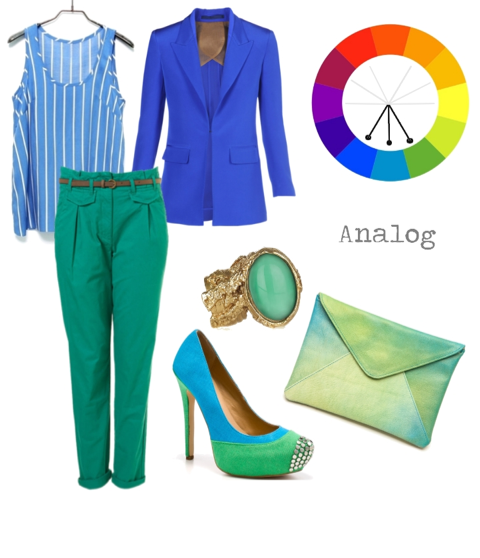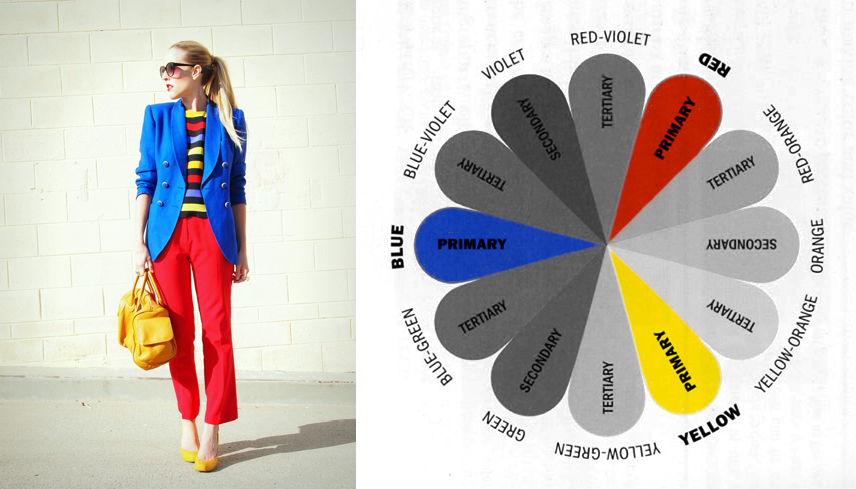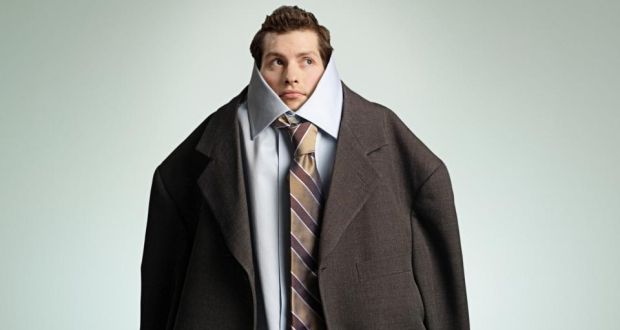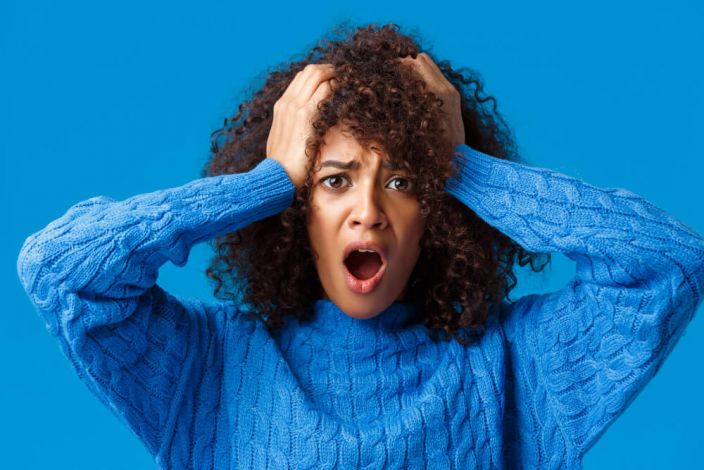FASHION KNOWLEDGE
Fashion design can generally be divided into tiers, and while there exists some overlap and subcategorization, there are five main types of fashion design. The five types of fashion design are:
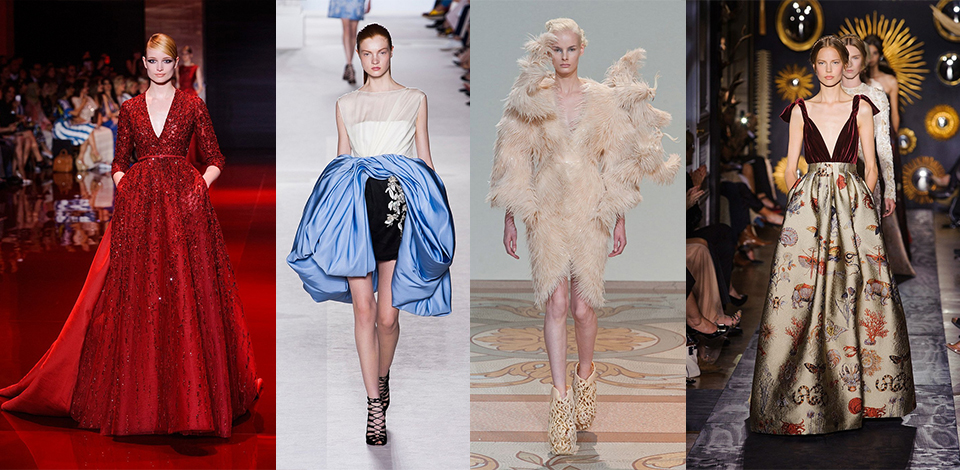
Google Images
- At the top of the fashion design hierarchy.
- Involves the creation of limited, custom-fitted clothing and accessories that are individual works of art. These pieces are usually one of a kind, with extreme attention to detail.
- French for “high dressmaking,” and originated with made-to-order garments designed and sewed for private clients.
- Constructed by hand of an entire team of skilled designers in an atelier, or workshop.
- The pieces can require several fittings in order to perfect and are usually made of the finest materials and expensive notions.
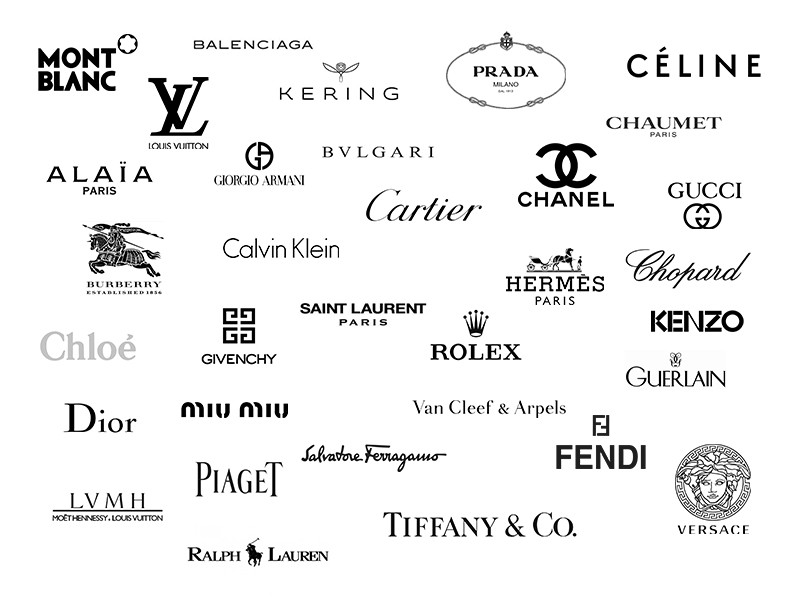
- High-quality articles of clothing that are not hand-made but are also not produced in large quantities.
- Limited availability, usually consists of more expensive materials and nuanced designs.
- More attention to detail usually comes a higher price tag.
- While luxury fashion items are still not as expensive as haute couture items, the prices are high enough to still give consumers a sense of being part of an elite market.
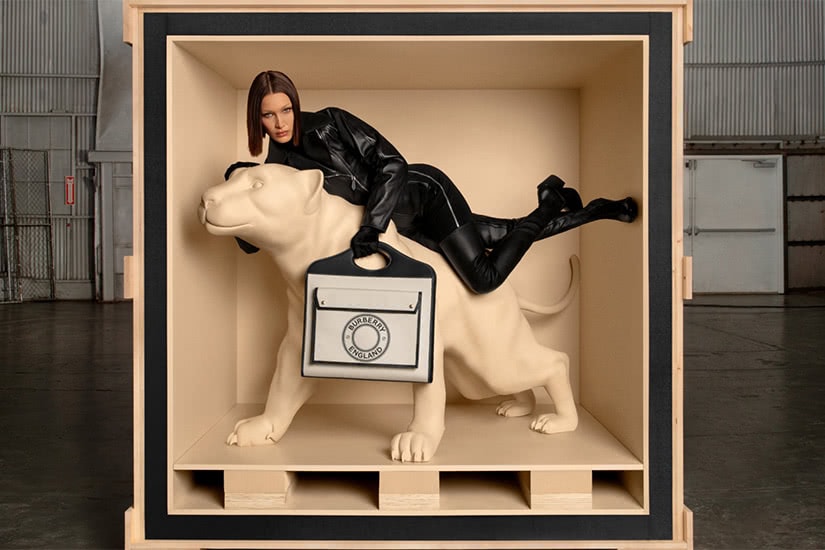
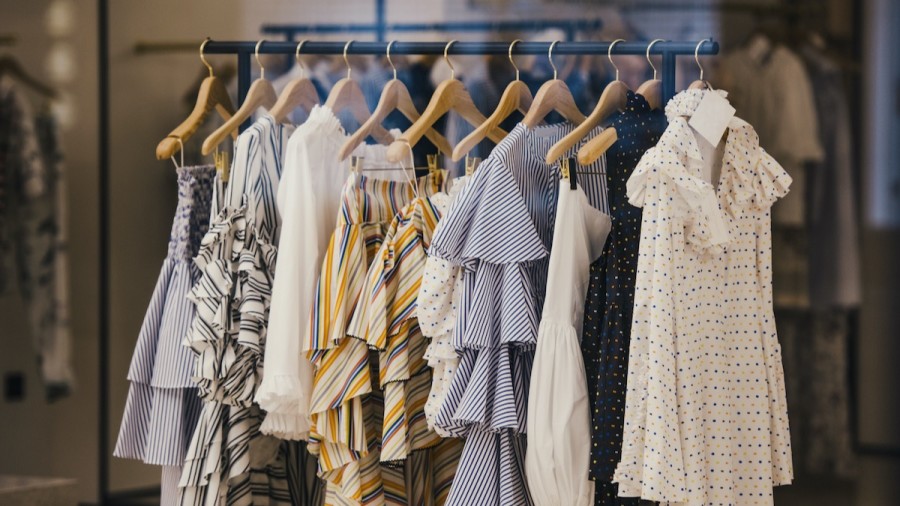
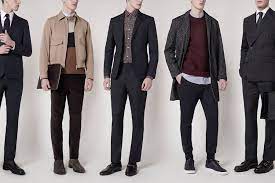
- Mass-produced in standardized sizes.
- More accessible, available for purchase by the public in large quantities, with variations in sizes to accommodate many more body sizes than haute couture.
- A focus on producing attractive garments that appeal to the current market trends of the season.
- Designers need to continually work to stay on top of current fashion trends in order to release multiple collections per year.
- High Street fashion is also a term that generally applies to ready-to-wear clothing.
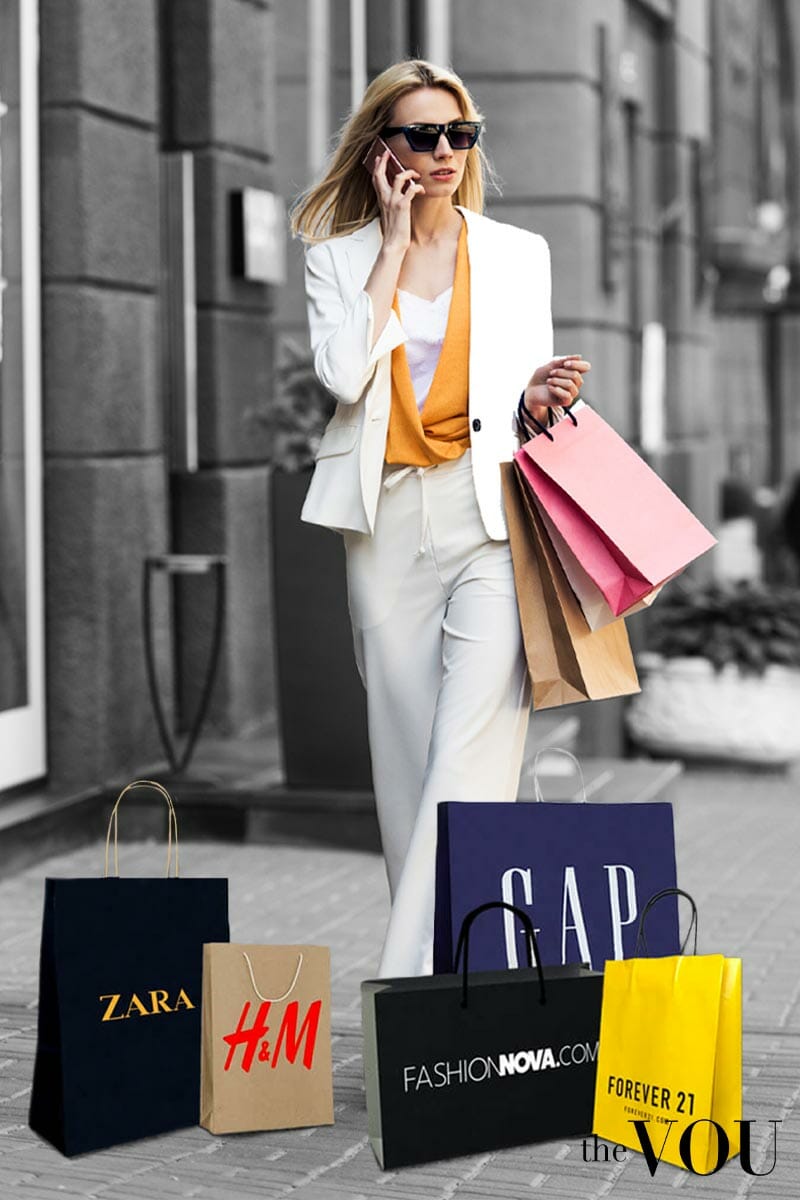
- The majority of apparel brand names that average consumers are familiar with are most likely fast fashion brands.
- Fast fashion consists of mass-produced clothing with a very rapid turnover rate.
- The desire to put trendy, marketable clothing on the market as cheaply as possible.
- These fashion designs usually jump from catwalk shows to retail hangers in a lightning-quick process.
- Fast fashion design is less tethered to the idea of seasonal collections of clothing. While luxury and high-end ready-to-wear design houses will often release new clothing on a seasonal basis, fast fashion will frequently buck this trend and release multiple pieces every week.
- Many of the designs created may be obsolete or out of style in only a few months.
- Being claimed that the pieces produced are low-quality and encourage a culture of throwaway fashion. This trend results in items often only being worn once before being thrown away,
resulting in a massive environmental and economic impact upon the world.
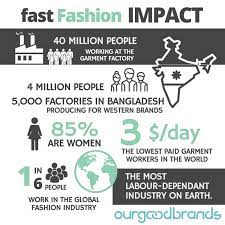
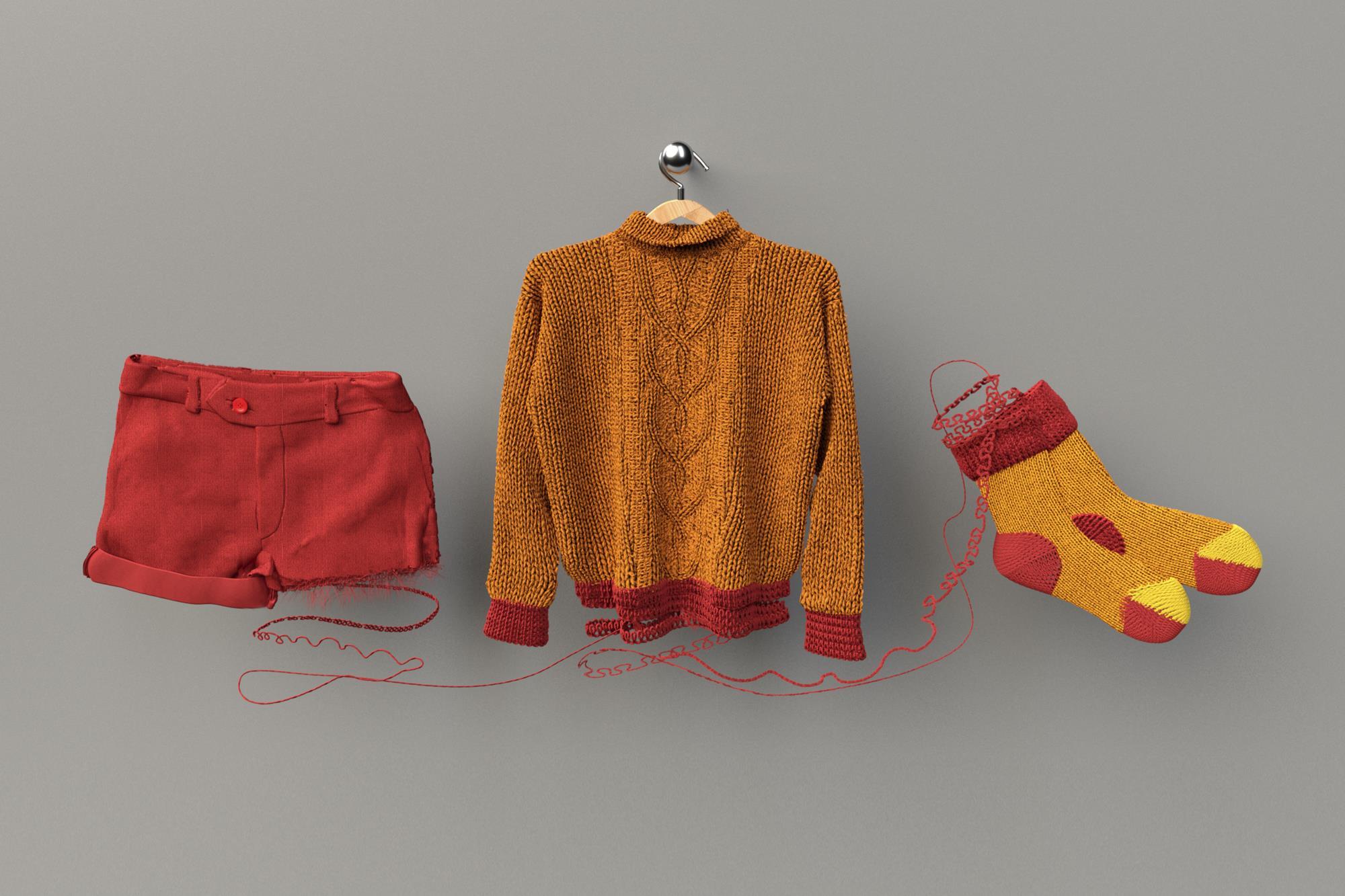
- At the bottom of the fashion design hierarchy.
- The goal of most economy fashion is for the producer to turn a profit, so usually, the cheapest labor and materials are used.
- Economy fashion starts by producing an absolutely massive quantity of clothing, which will then be sold for a relatively low price.
- The least environmentally friendly type of fashion design.
- The very low-quality standards result in a short lifespan for garments.
